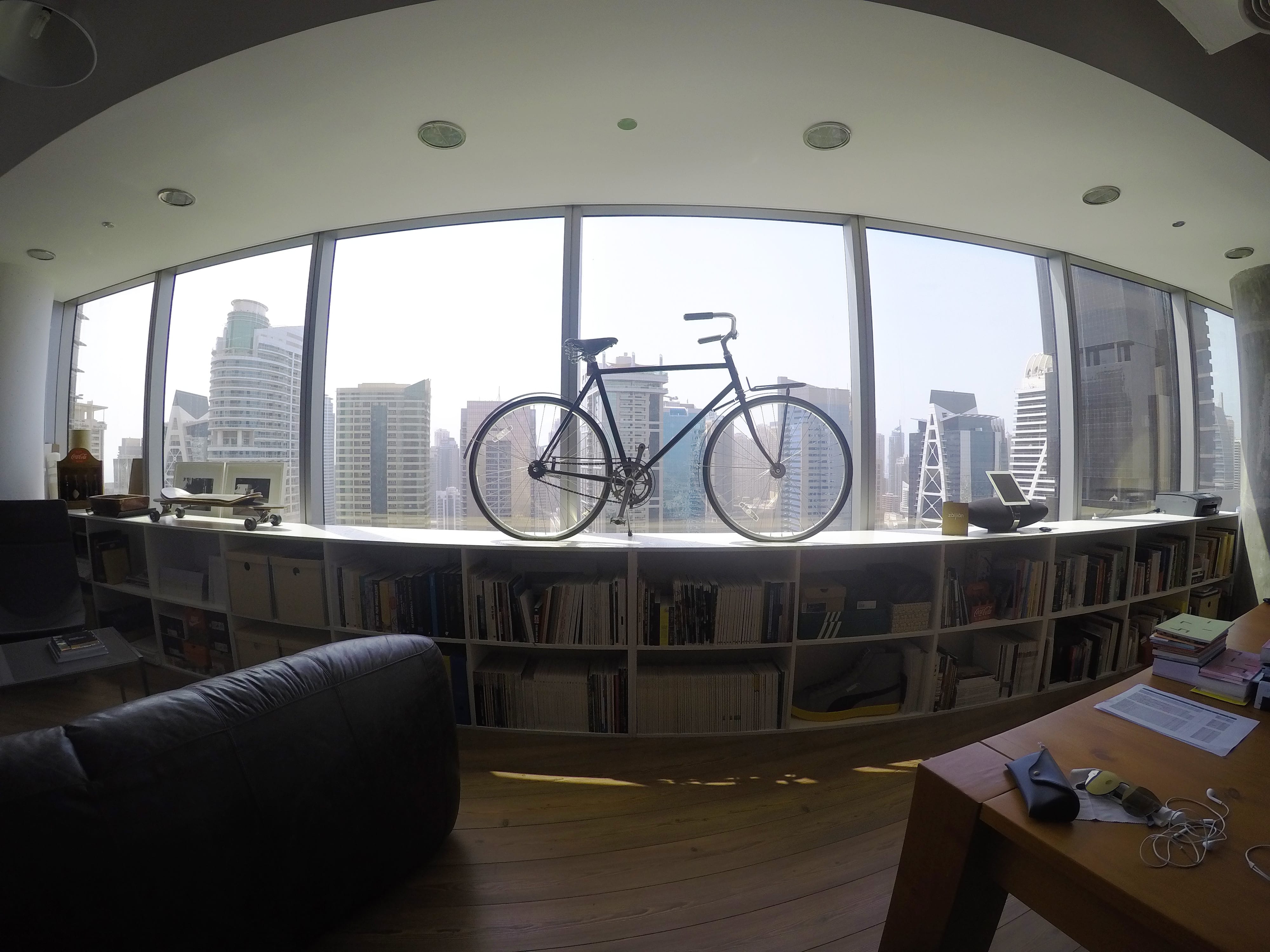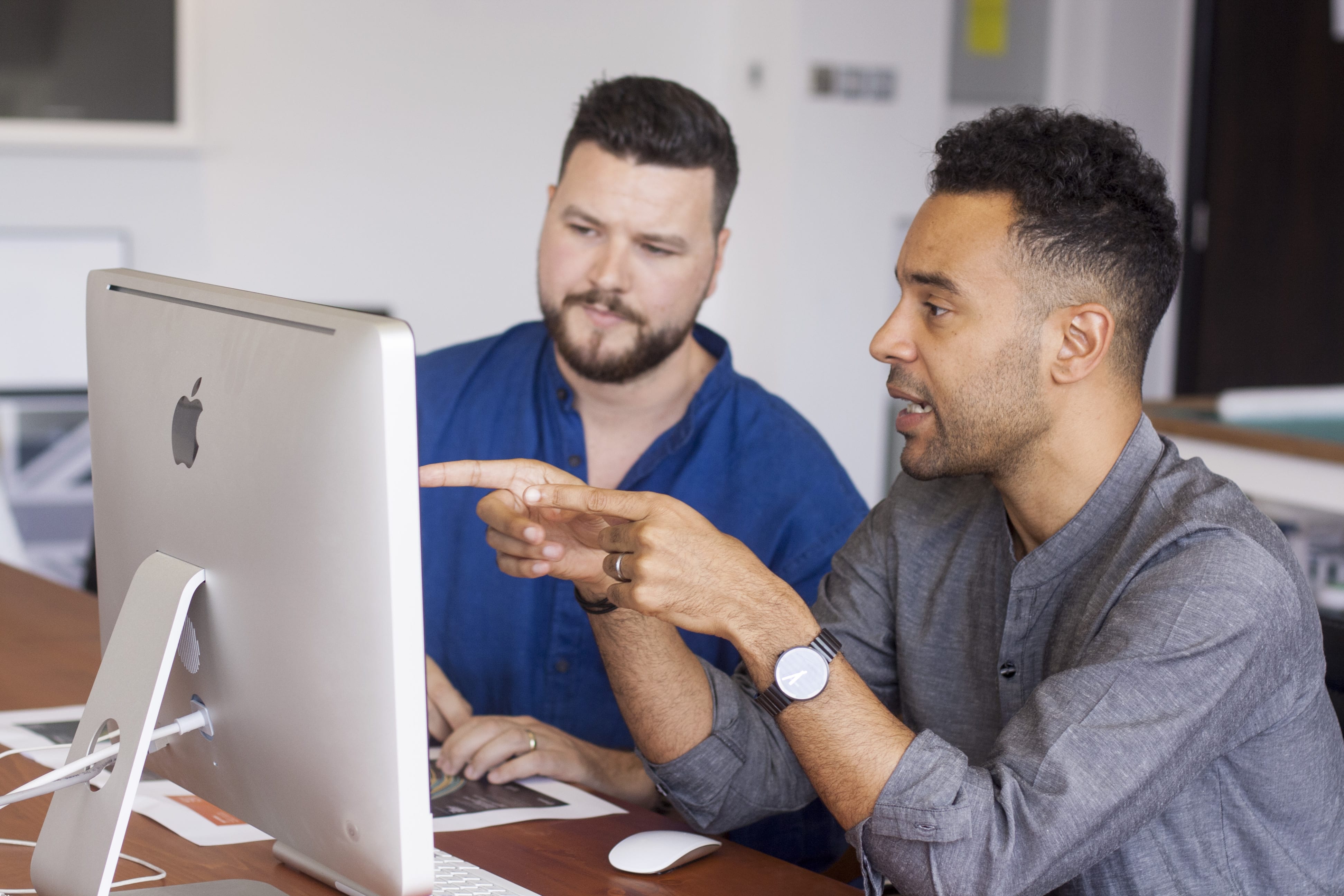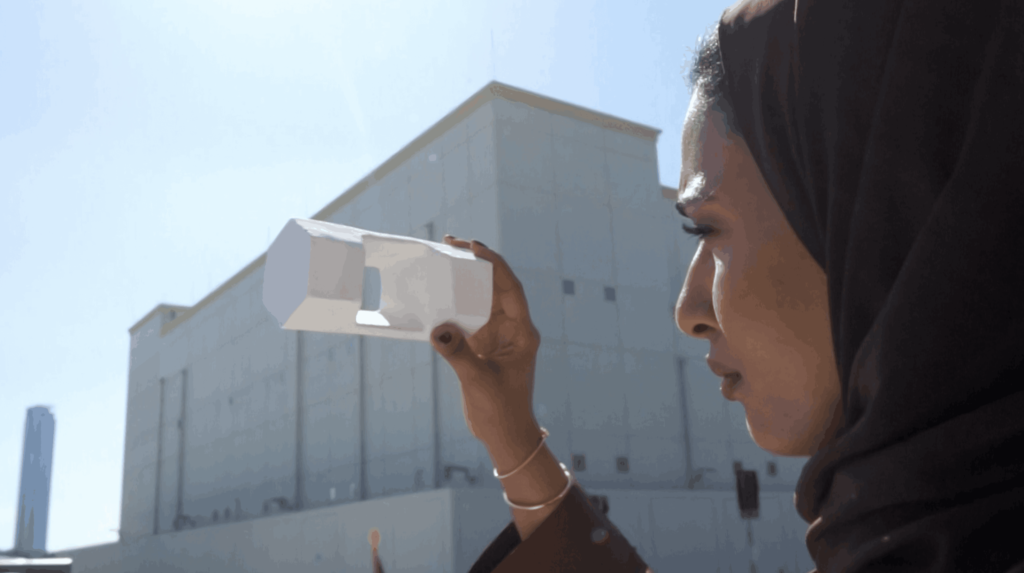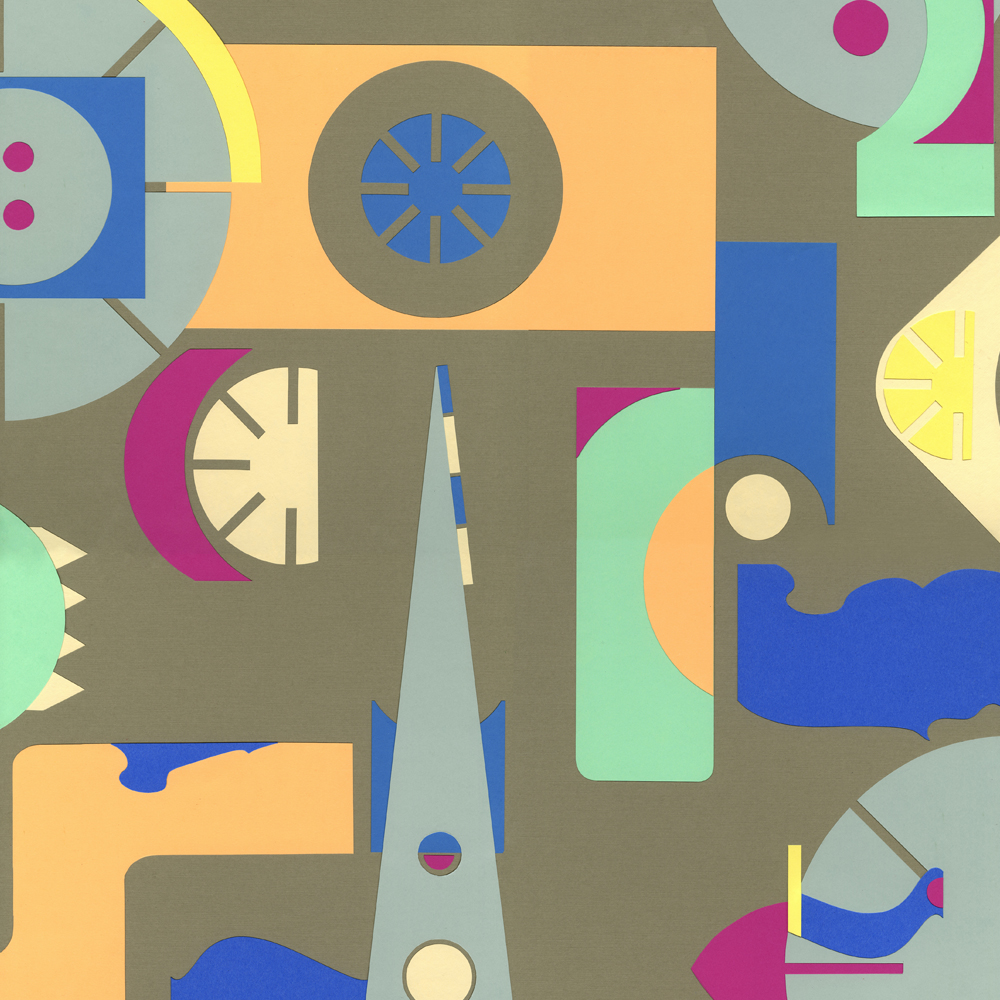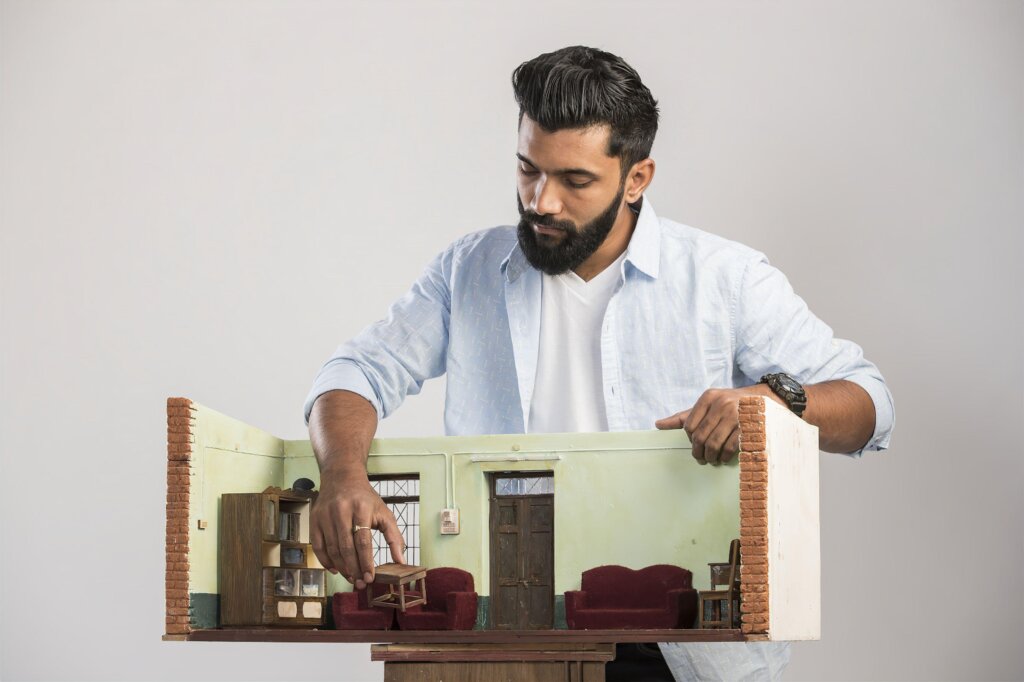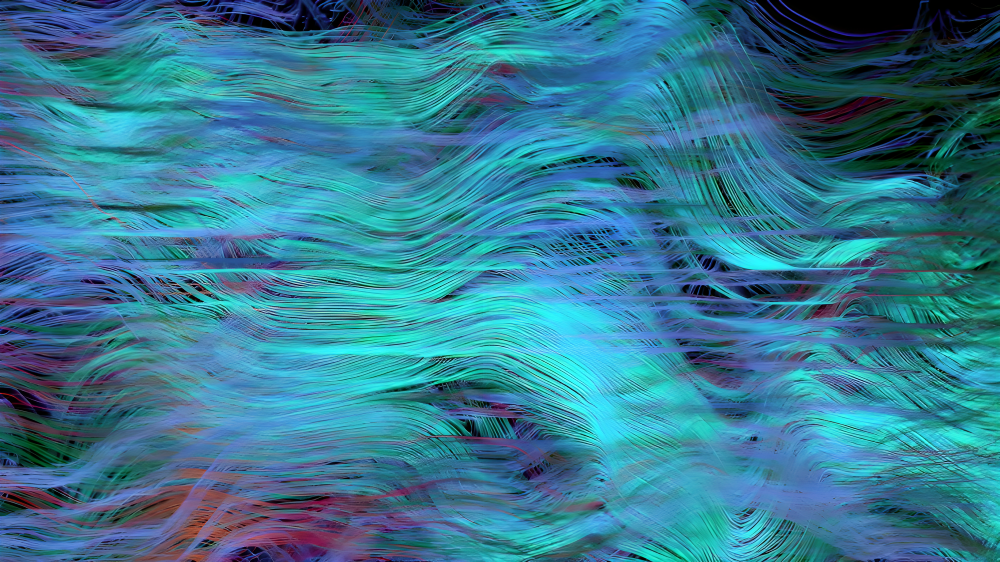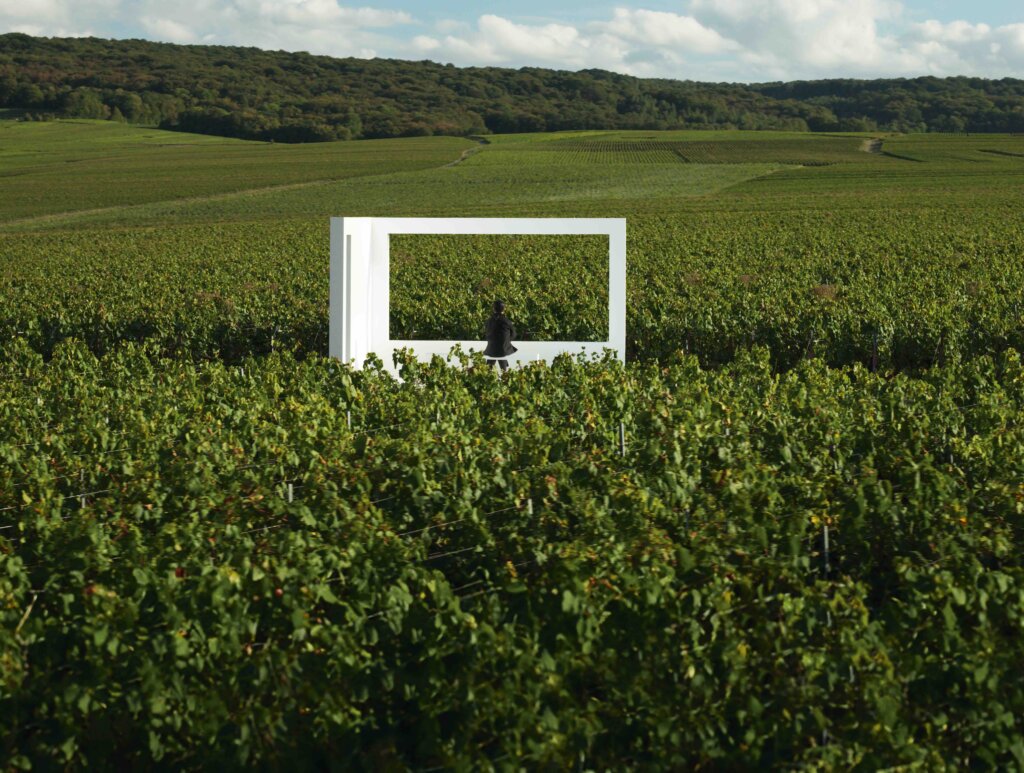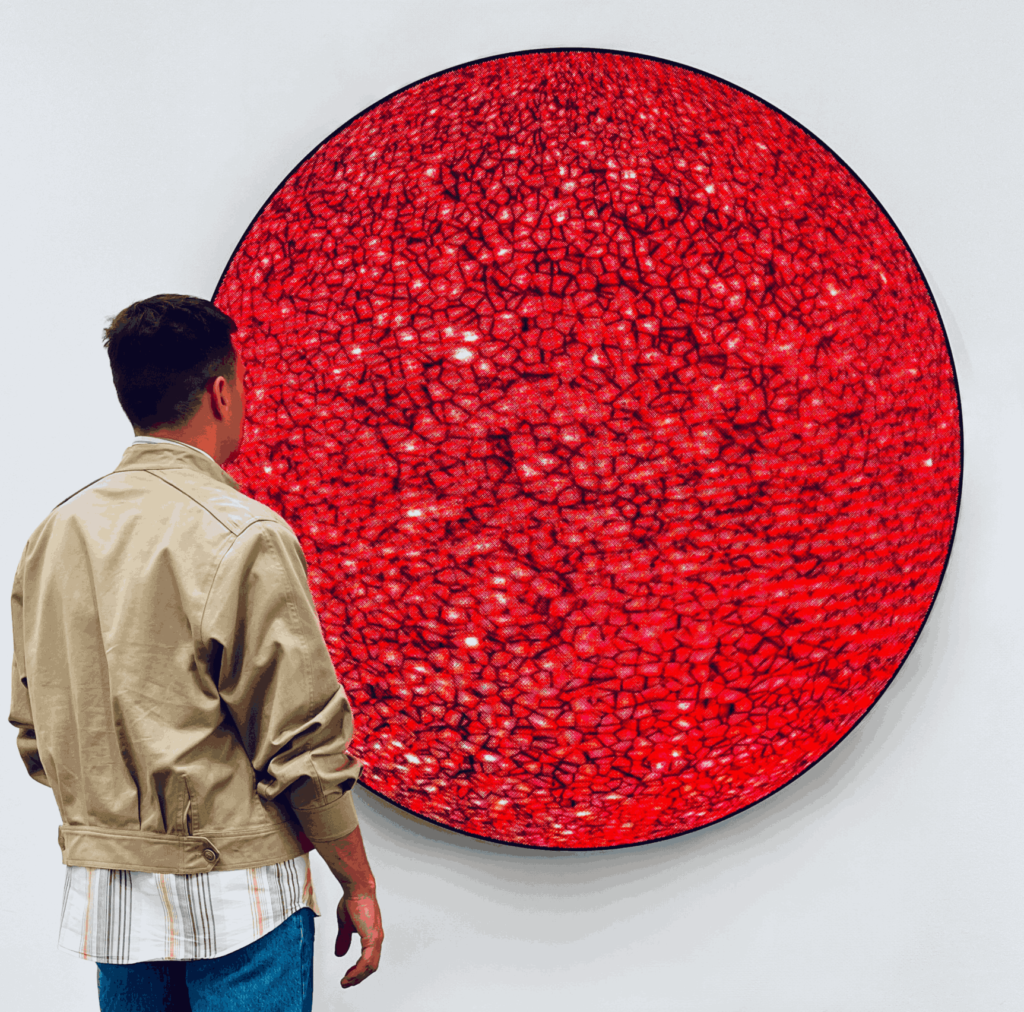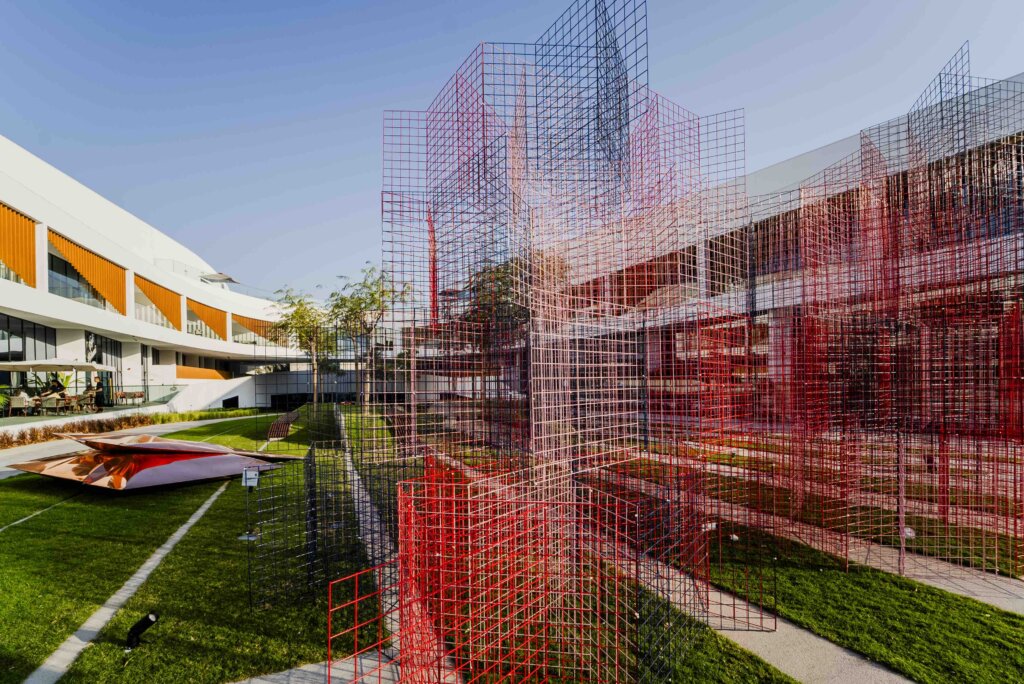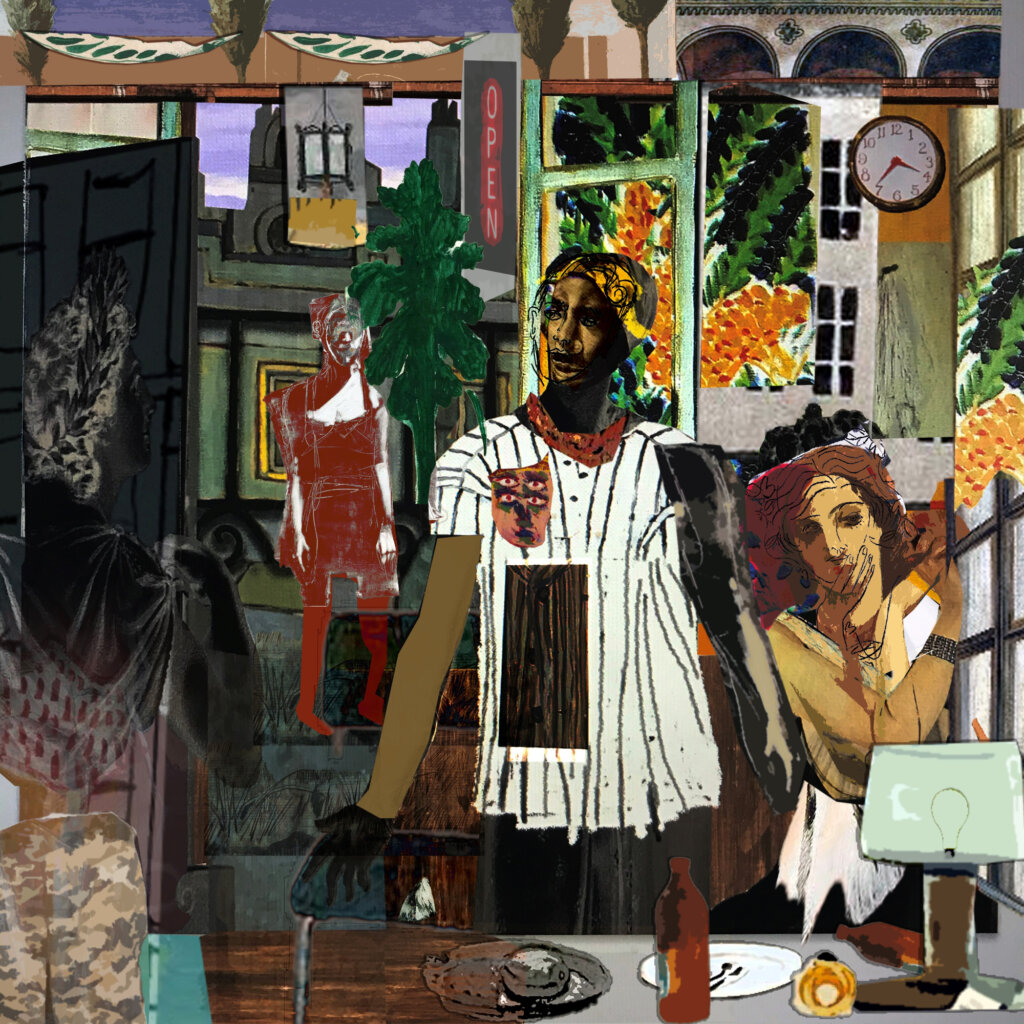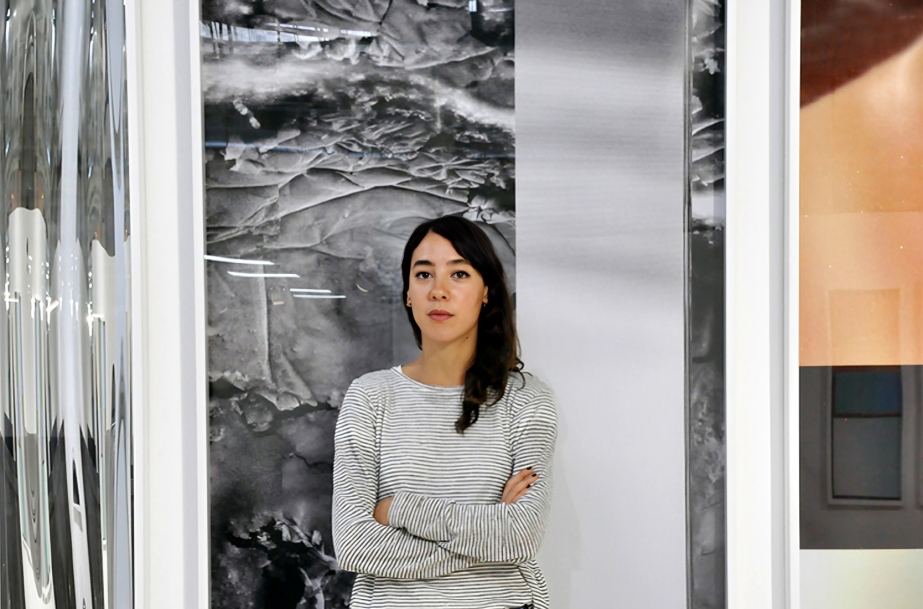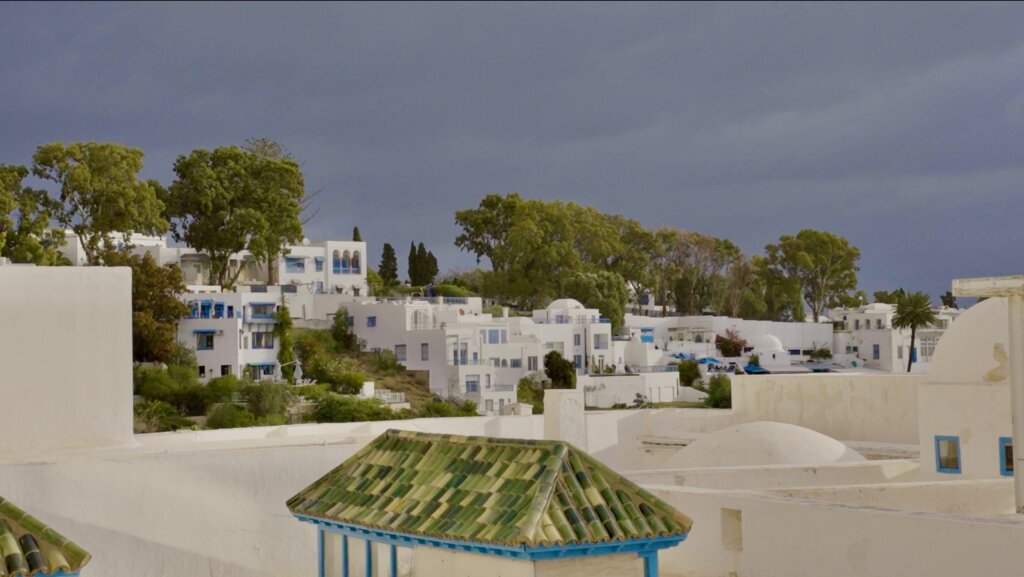Art Dubai (AD): Could you tell us a bit more about Moloobhoy & Brown (M&B) and how you started the agency?
Elliott Brown (EB): Myself and Hussain started M&B just over five and a half years ago now. We had been working in the region for a number of years and had always talked about setting up on our own. M&B was just born out of a belief and a love to want to create and get creative, and that’s how we started.
AD: Elliott, based on your previous experience in working for other Dubai-based agencies, how does M&B stand out?
The model for us is to be a boutique-style agency to make sure we can maintain a strong level of quality in the work that we are producing and just have a bit more fun. We like to be involved. We didn’t want to be the creative directors that sit back. The partners that we work with get to engage with us on a very large scale. This was really important for us and something we didn’t always see in other agencies.
AD: How did you come to work with Art Dubai?
EB: As an agency, we wanted to focus on key industries that we’re very competent in and that we had passions for outside of work. We work in the hospitality industries, fashion and the arts. I think if we had set a target to work with an art client when we first started up in 2012, it would have been Art Dubai. Throughout our journey, there have been a number of contacts with Art Dubai and we always maintained a connection with the team there, being very open and verbal about our desire to work with such a great fair. It was through that connection that we were asked to take part in the 2018/19 creative development which led us to take part in the pitch and thankfully we’re successful in getting to move forward!
AD: Let’s talk about the creative process. Do you listen to music while you’re in the studio, and if so, what do you listen to?
EA: Yeah, we generally listen to music while we’re here.
EB: Bieber.
EA: I’d say the music selection is quite diverse, it’s always on in the background so you notice it when the music is ever not playing.
EB: It sounds deafeningly quiet. Yeah, I’d say music is a key part of our process. Sometimes we even ramp it up to have a little bit of fun and throw some 80’s classics on there. Spotify is a key tool that we use, I would say it’s a tool of the agency, soft reggae, just to create a good vibe in the studio for inspiration and…
EA: …the deafening silence and that’s about it.
AD: And what does your creative process look like? Do you work alone or in a team, and how do you get an idea?
EB: Collaboration is key to our process. There’s a key start to any project which is creating a clear brief on what’s required. We see ourselves as problem-solvers so we tend to ask ourselves what’s the problem and what’s the solution that we need to come up with? Then, we talk around the project as a team and look at how we can develop the creative around that, and then obviously there’s an element of time alone where individuals will work on the project, developing the concept as an idea to which we then come back to review and fine-tune it.
AD: Do you have a most productive or favourite hour of the day?
Hussain Moloobhoy (HM) chimes in from the back of the room: 6pm!
EA: I think it varies when you get that moment of inspiration. Sometimes you might get a briefing quite late and you might think about it overnight and let it marinate, and then you come in in the morning and work flows. And sometimes it just takes you till the afternoon until you find that spark or that moment of inspiration and then it’s a fun few hours, and you can stay till 7- 8 o’clock just working on something, because whilst you’re in that zone, you just go with it.
EB: Yeah, I agree. Inspiration can hit us at any point in the day, I’ve reached for the phone in the middle of the night to make a note in the notebook, just like, ‘right, remember that!’ and then pick it up in the morning but I don’t think it’s a particular time.
AD: And do you have any designers or artists that you look to for inspiration or do you really feel like what you create is something completely new and different and is really unique to you as an agency?
EA: I would like to think that we as M&B, and as a studio, we have our own unique take and style on things.
EB: I think inspiration is one of those things that can be drawn from any number of places. Our studio is a reflection of us as an agency, and we might take inspiration from the latest film that we’ve seen or a photography campaign that we’ve looked at, to an exhibition in Alserkal, the latest Coke bottle released by a fashion designer or a sports event that we went to. So I think whenever we kick-off a project, there’s a huge amount of research that goes into it that and you do look at what’s going on visually in the world, both in the design realm, the fashion realm, the art world etc. and those influences come in and allow you to develop a more fully-fledged concept. Inspiration comes from lots of places.





